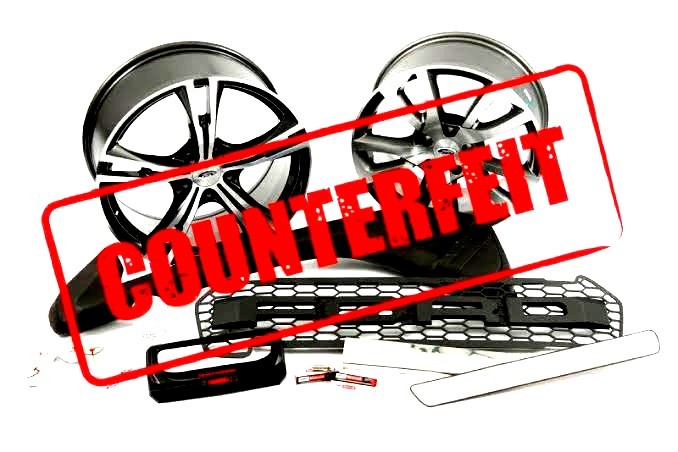Discover the crucial skills of identifying genuine and fake spare parts to safeguard your vehicle's safety and performance. Learn expert tips for distinguishing authenticity and avoiding counterfeit components.
As a vehicle owner or mechanic, it's important to be able to tell the difference between genuine and fake spare parts. Fake parts may be cheaper, but they can cause serious damage to your vehicle and even compromise your safety on the road. In this article, we will go over some tips on how to differentiate between fake and genuine spare parts like an expert.
Packaging and Labeling
One of the easiest ways to spot fake spare parts is to look at the packaging and labeling. Genuine spare parts will usually come in branded packaging that is well-designed and printed with high-quality graphics. The packaging will also include the manufacturer's logo, part number, and other identifying information. The labeling will be clear and accurate, with no spelling or grammatical errors.
On the other hand, fake spare parts may come in generic or unbranded packaging. The packaging may be poorly designed or printed with low-quality graphics. The labeling may be inaccurate or contain spelling or grammatical errors. If the packaging and labeling look suspicious, it's likely that the part is fake.
Price
Another way to tell if a spare part is fake is by its price. Genuine spare parts are usually more expensive than fake ones because they are made of higher-quality materials and go through a rigorous testing process to ensure they meet the manufacturer's standards. If a spare part is significantly cheaper than its genuine counterpart, it's likely that it's fake.
Appearance and Build Quality
Another way to differentiate between fake and genuine spare parts is by their appearance and build quality. Genuine spare parts are usually made of high-quality materials and have a consistent appearance and build quality. They will also fit perfectly and seamlessly with other parts of the vehicle.
Fake spare parts, on the other hand, may have a rough or inconsistent appearance and build quality. They may also be made of inferior materials that can compromise the safety and performance of your vehicle. If you notice any visible differences in the appearance or build quality of a spare part, it's likely that it's fake.
Manufacturer's Logo and Part Number
Every genuine spare part comes with a manufacturer's logo and part number that is unique to that particular part. If the manufacturer's logo and part number are missing, or if they don't match the information provided by the manufacturer, it's likely that the part is fake.
Warranty
Finally, genuine spare parts usually come with a warranty or guarantee from the manufacturer. If the spare part doesn't come with a warranty or the warranty seems suspicious, it's likely that the part is fake.
Differentiating between fake and genuine spare parts can be a challenge, but it's important to take the time to do so to avoid compromising the safety and performance of your vehicle. By following the tips outlined in this article, you can spot fake spare parts like an expert and make sure you're always using genuine parts that meet the manufacturer's standards.

Comments (0)
Please login to join the discussion
Be the first to comment on this article!
Share your thoughts and start the discussion